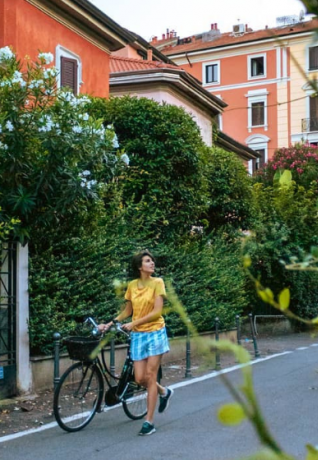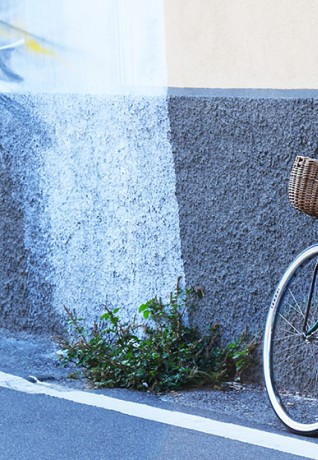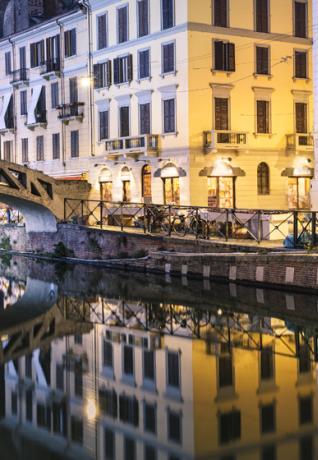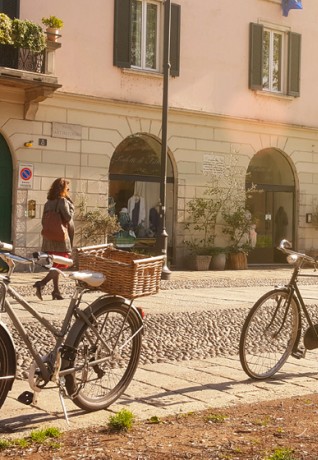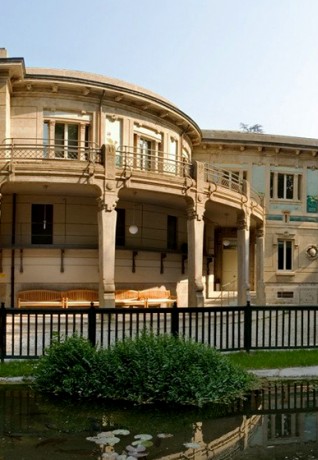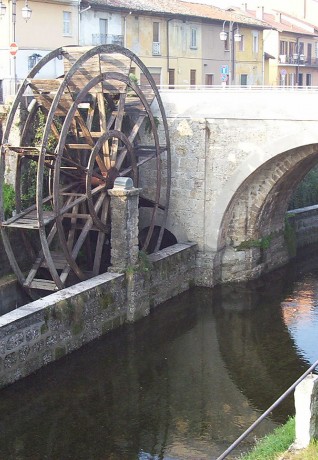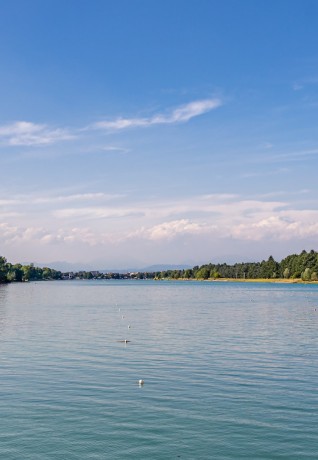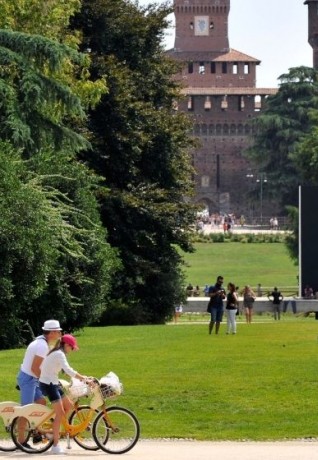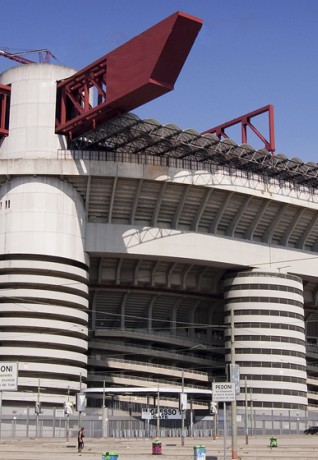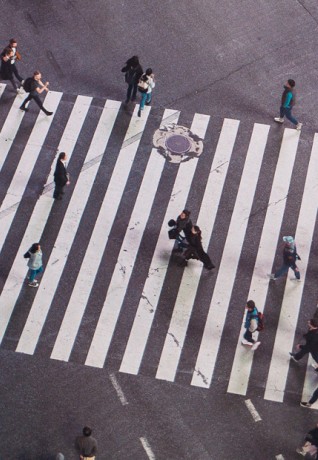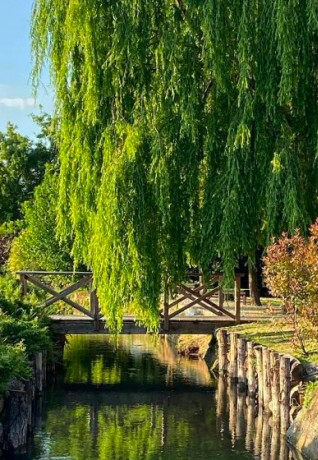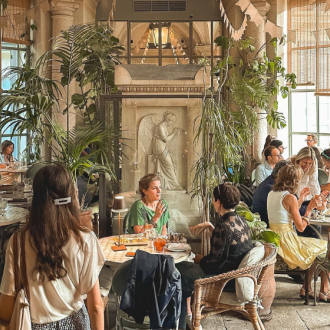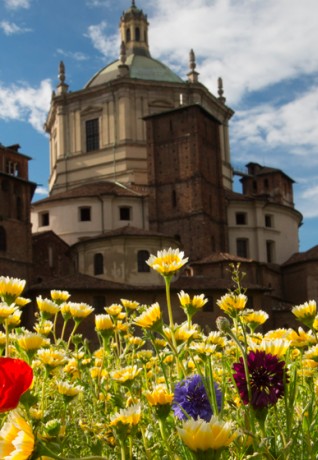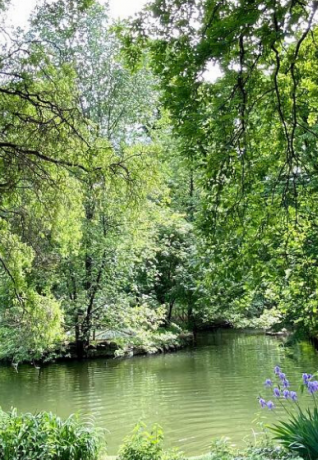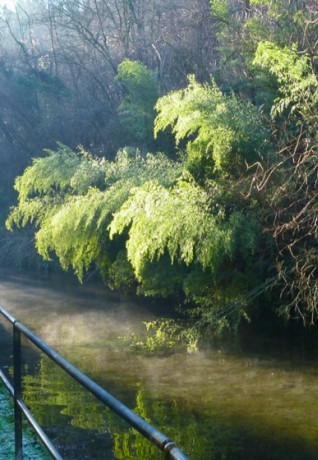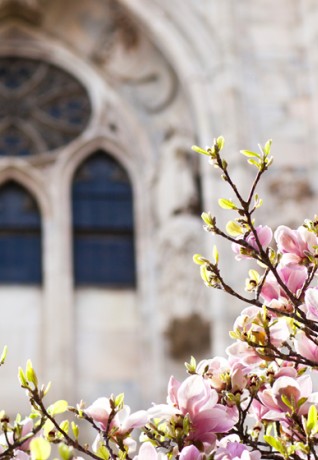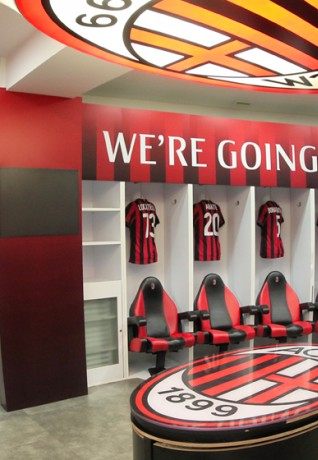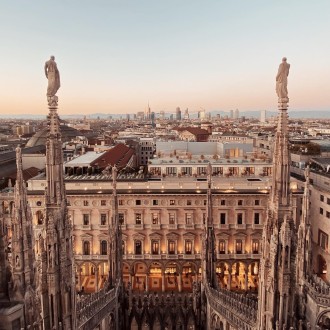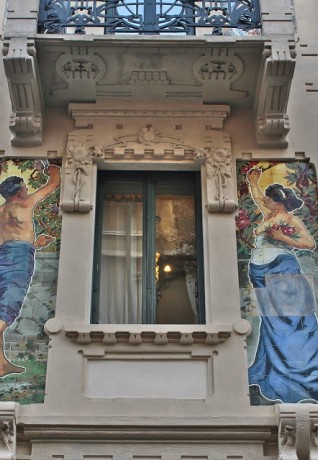The Naviglio Martesana
Cycling route from Milano to Cassano d’Adda (30 km)
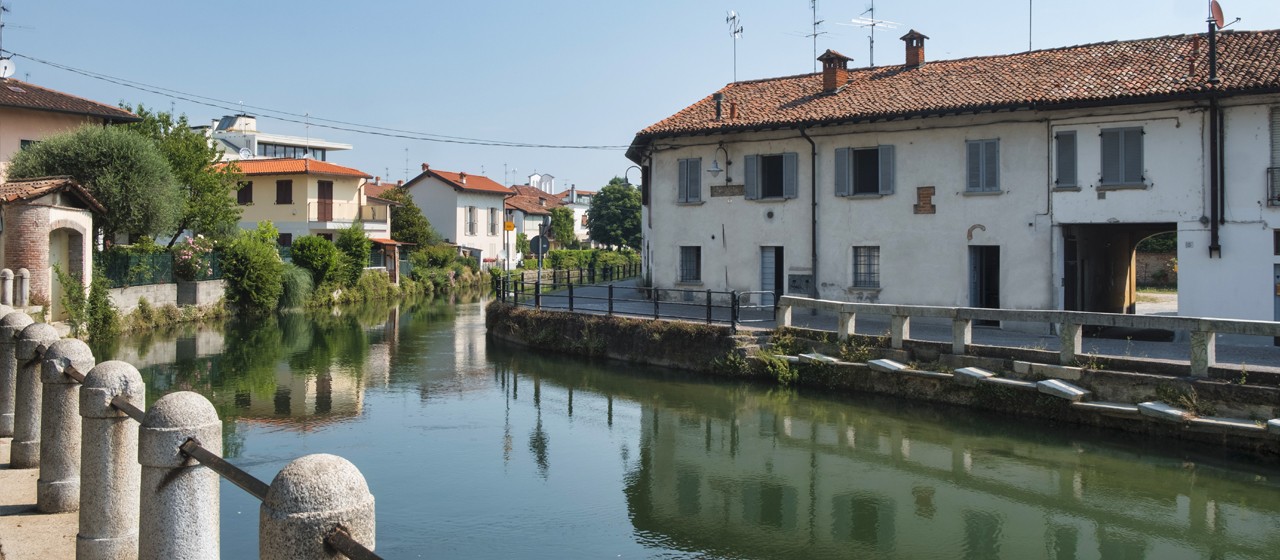
The Martesana cycle path is one of those tracks that enable you to enjoy both outdoor activity and sightseeing as you travel through the history of the Lombard canals. It runs alongside the Naviglio Piccolo (so-called in comparison with the Naviglio Grande), a navigable canal connecting Milano with the Adda river and, therefore, with Lake Como. Construction started in 1475 following the will of Francesco Sforza: the new Naviglio was the object of Leonardo da Vinci's attention and benefited from his innovations in water engineering.
The artificial canal has now an irrigation function but, for many centuries, its waters were criss-crossed by barges transporting all kinds of cargo - people, animals and goods - from Milano to Lecco in just one day: a travel time that was then unthinkable for land transport. By its side run both a bicycle and a walking track, very popular on weekends: you will better proceed at moderate speed, especially when crossing the state roads that intersect the route. Plan your ride on weekdays if you want to fully enjoy the peace and quiet of the places along your way.
The Martesana cycle path starts from Cassina de 'Pomm, a former farmhouse on the side of via Melchiorre Gioia, and extends for 30 kilometres, through the municipalities of Cologno Monzese, Vimodrone, Cernusco sul Naviglio, Cassina dei Pecchi, Bussero, Gorgonzola, Gessate, Inzago and Cassano d'Adda.
The track runs on the right alongside the canal, winding through small towns and shady parks equipped with benches and tables, a convenient solution for picnics or short breaks. There are a number of inviting trattorias and restaurants displaying the DeCA brand (Denomination of Ambrosian Cuisine) in the villages along the route. Keep an eye on the left bank of the canal for a glimpse of some aristocratic mansions, the so-called ville di delizia, built from the 17th century onwards to allow wealthy families an opportunity for holidays in the fresh air, away from the hot and damp Milanese summers.
NOT TO BE MISSED
After a few kilometres’ progress, you will reach the town of Vimodrone, and further ahead, Cernusco sul Naviglio, a traditional rural resort for the Milanese aristocracy. The early eighteenth-century Rococo Villa Alari Visconti is an architectural gem surrounded by a superb garden overlooking the waters of the Naviglio.
In Cassano d´Adda, our final destination, the magnificent Villa Borromeo certainly deserves a visit. Started in the mid-18th century as a sumptuous holiday home for the Marquis D'Adda, it is fronted by an impressive main courtyard. The current neoclassical façade is the work of the architect Piermarini (the creator of the La Scala Opera theatre) who, between 1780 and 1785, remodelled a building by Francesco Croce (who conceived the Duomo’s tallest spire, on top of which stands the gilded Madonnina). Bequeathed to the Borromeo family at the end of the 19th century, the villa was occupied by the German military during the Second World War and was later partitioned into single-family lodgings. Thanks to a private purchase it has now been restored and is used for events.
TOP TIP
If you are riding along this cycle path in mid-September, we strongly recommend a stop in the centre of Gorgonzola for the DOP cheese where, as you may well guess, Gorgonzola cheese, an Italian delicacy that originated right here, is on sale.

 Log in
Log in


